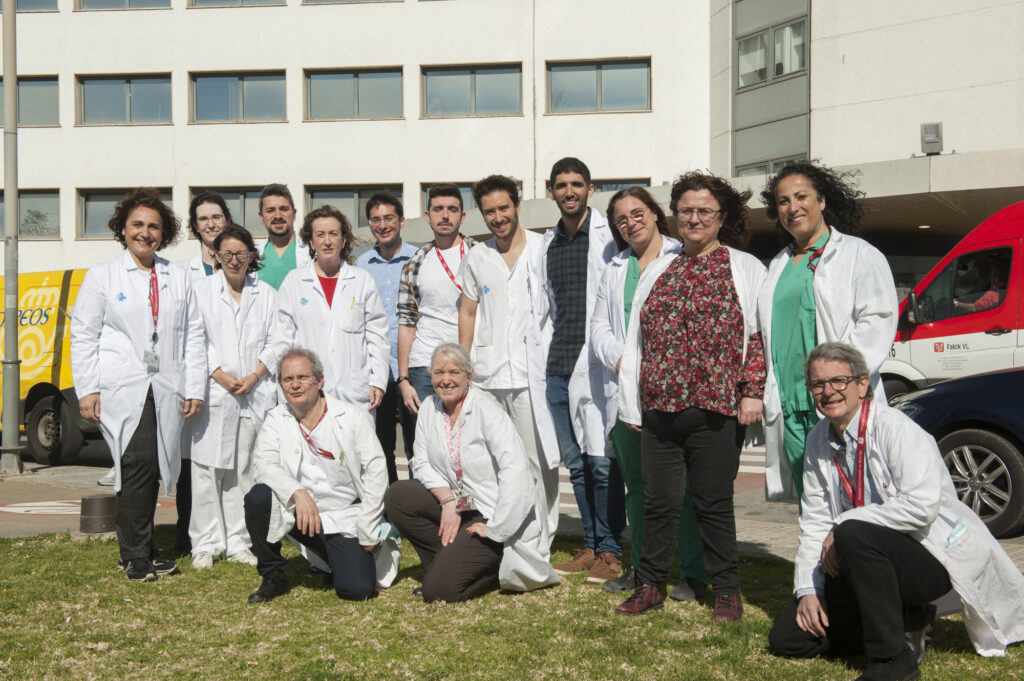The comparison of highly effective treatments in multiple sclerosis is complicated, since there are no clinical trials with this objective. Therefore, clinical experience and observational studies are the only tools available. Unfortunately, these studies are often subject to biases that make it difficult to obtain reliable data between different treatment strategies.
In this context, the Multiple Sclerosis Unit of the Bellvitge Hospital’s Neurology Service and the IDIBELL’s Neurological Diseases and Neurogenetics research group have published a study in the Journal of Neurology that compares the use of two drugs for the treatment of multiple sclerosis through what they have called a natural experiment, which opens the doors to a new research methodology to compare highly effective treatments in multiple sclerosis, minimizing possible biases in the analysis of the different groups.
Natalizumab and ocrelizumab are two drugs used to treat multiple sclerosis. In patients treated with natalizumab, the presence of the JC virus in the blood should be ruled out periodically, since it is a harmless virus in immunocompetent people, but it can cause a serious brain infection in patients taking the drug. If the presence of the virus is detected and the patient has been taking natalizumab for more than two years, it is usually replaced by ocrelizumab.
The Multiple Sclerosis Unit team has designed an innovative comparative study, observational and retrospective, in which patients have been distributed in two groups according to the positivity of the JC virus in blood. As explained by Dr. Albert Muñoz Vendrell, from the Multiple Sclerosis Unit of the HUB and IDIBELL researcher, “inclusion in one group or another does not depend on us or on any factor related to the disease, but on a random uncontrollable phenomenon, as is the presence of the virus”. This has allowed the comparison of both groups with very little selection bias. In this way, the natural experiment has been used to compare patients without the virus, who have continued with natalizumab, with patients who did have it and who have changed treatment to ocrelizumab.
The results did not show significant differences between the two strategies but showed a slight increase in attacks after discontinuing natalizumab in JC virus-positive patients (an expected and known phenomenon, the result of a “rebound effect” of treatment). However, by ignoring this transition period, no differences in the effectiveness of the two treatments have been observed.

